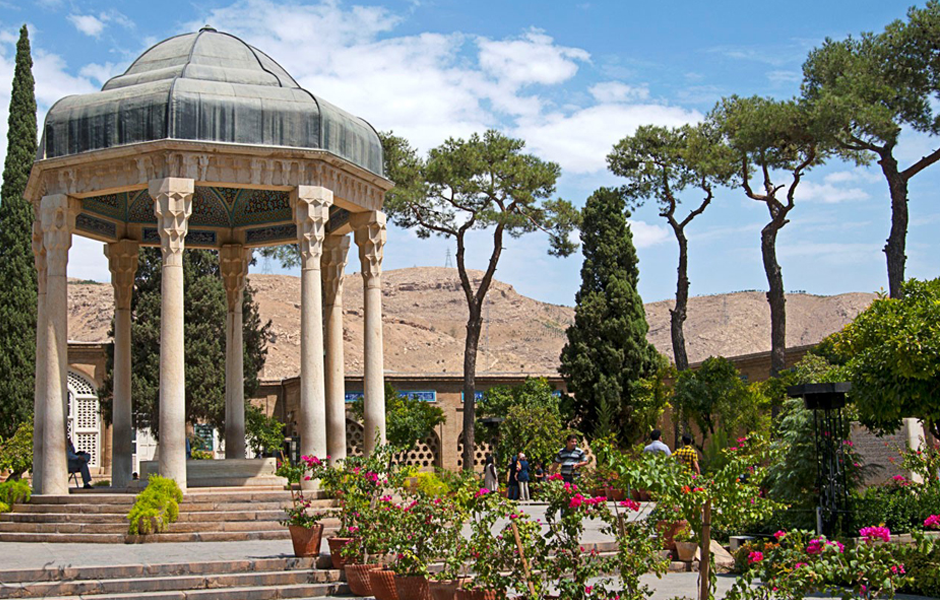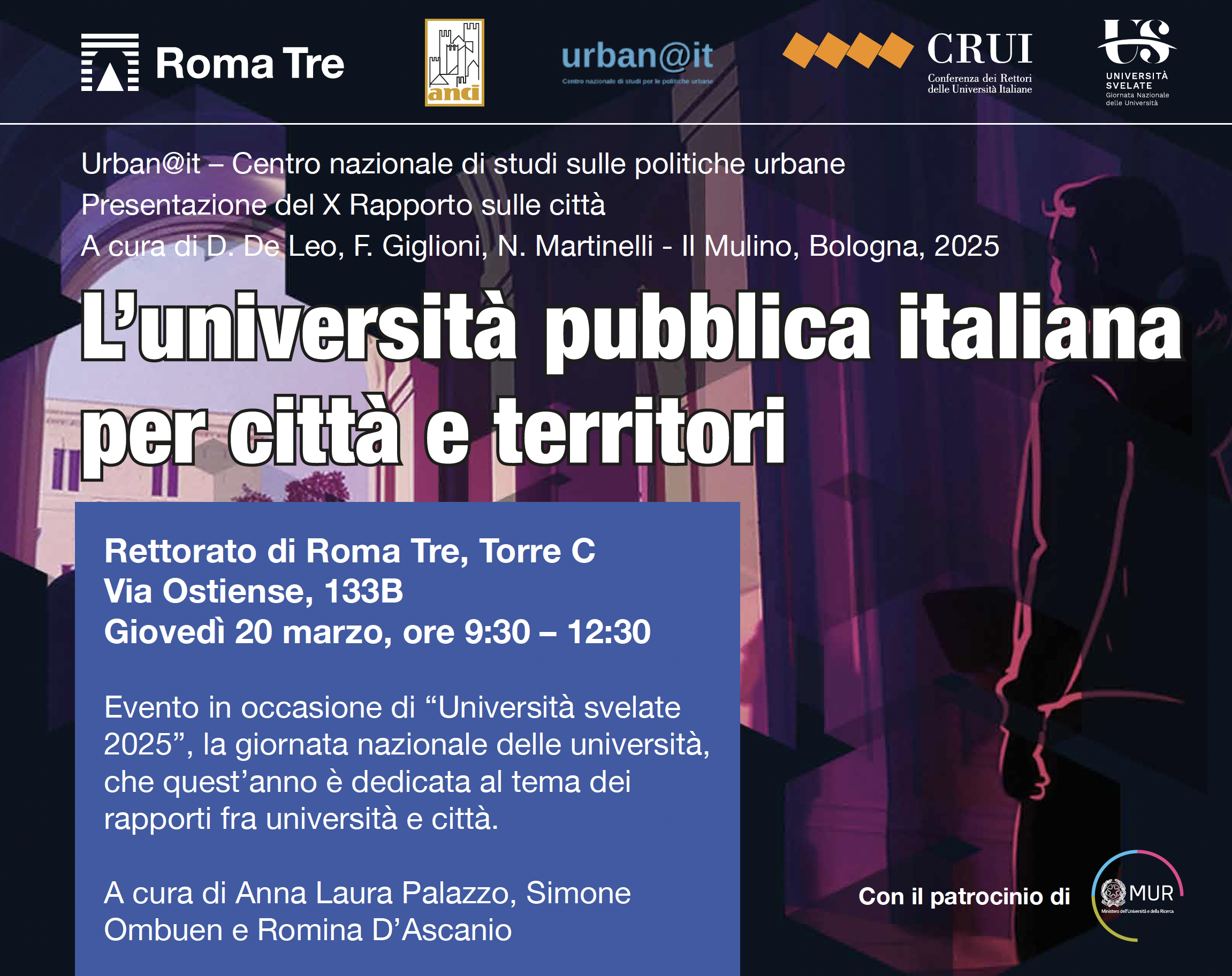Form of place, part 1

Form of place. Relation between Physical Form and place attachment
di Rouhollah Rahimi, Mojtaba Ansari, Mohammad Reza Bemanian, Mohammadjavad Mahdavinejad
Ph.D. candidate in Architecture, Tarbiat Modares University, Iran
Ph.D., Department of Architecture, Tarbiat Modares University, Iran
Ph.D., Department of Architecture, Tarbiat Modares University, Iran
Ph.D., Department of Architecture, Tarbiat Modares University, Iran
Sense of place
The total sense that is created after perception and judgment of a particular environment in a person is called a sense of place. This sense is a meaning or an importance of a place that is based on human experience, social relationships, emotions, thoughts, values, and attitudes, and can be examined in three levels of attachment, commitment, and dependency on place. What is common in scholars in this regard is the existence of three components of “physical structure, activity and meaning” for a sense of place. In creating this sense, the environment must have a special character and structure, and the physical traits of the environment play an important role in creating sense of place.
Physical form
The built environment is an organization of meaning and is important in terms of materials, forms and details, and also has symbolic and communicative properties. Meaning is often expressed through signs, materials, colors, forms, landscaping and the like. So meaning may be consistent with spatial organization, or it may display a distinct and non-consistent symbolic system. Through which different environments become the indicator of social status and one way of social identity for themselves and others. In other words, physical elements in the environment contain different meanings, and due to this, their influence and significance and their effect on behaviors change (Rapoport 1977, p. 12).
Iranian architecture
Iranian architecture might be deducted as “Smart-Eco Architecture” in which three main branches or the three qualities of firmitas, utilitas and venustas exhibit comprehensively(Mahdavinejad et al. 2017, p. 012020).A considerable number of traditional Iranian cities are distinguish exemplars of materialization of sense of place namely Persian Bazaar and Persian Caravanserai. (Pourjafar et al. 2014, pp.10-19).In this article we analyze the sense of place in the Architecture of Hafez Mausoleum.
Hafez Garden-Tomb
Hafez was born in Shiraz in 1315 and died there in 1390. A beloved figure of the Iranian people, who learn his verses by heart, Hafez was prominent in his home town and held a position as the court poet.
Activities to restore and expand the memorial to Hafez began in 1931, when the orange grove was repaired and the Hāfezieh was altered by a governor of Fars and Isfahan, Faraj-Allāh Bahrāmi Dabir-e Aʿẓam. Additional improvements were delayed until the Ministry of Education organised for a new building to be built, in 1935. André Godard, a French archaeologist and architect, was the technical director of the Department of Antiquities at the time, and was commissioned to design the new buildings(Kamali Sarvestani2003). Alterations to Hafez’s tomb involved elevating it one metre above ground level and encircling it with five steps. Eight columns, each ten metres tall, support a copper dome in the shape of a dervish’s hat. The underside of the dome is an arabesque and colourful mosaic (Kamali Sarvestani2003). The original, four-columned memorial hall built in 1773 by Karim Khan Zand was extensively expanded. Sixteen pillars were added to the four original, creating a long verandah, and on several façades are engraved ghazals and other excerpts from Hafez’s poetry (Kamali Sarvestani2003).
Recognizing the past and present experiences and transforming these experiences into cultural awareness in form of human heritage can be considered as a strategic one that allows people to move out of the confusing atmosphere of a mutant world. Design related areas, especially architectural design and urban planning, are among the fields which in them, from the on-going experiences to the possible experiences, there is a key position in the process of excellence and advancement. Hafez Garden-Tomb, depending on its particular design and its interaction with the environment, is considered as a special place, which can be considered in terms of form design and the transfer of spiritual senses to humans. Among the components considered in reviewing the Hafez Garden-Tomb in terms of the identity of the place, in addition to other components in creating the identity of place, the components of “collectivism, intimacy, aesthetics, Simplicity, order, pursuit “is placed within the realm of the physical components of creating a sense of place in man.
Regarding this review, we have reviewed some of the design of the Garden-Tomb of Hafez and selected the above components to illustrate the outcome of this study and demanded to result the physical component of the place be able to create meaning in the place and incite the sense of place is in observer’s mind. As shown in this project, in the section of the tomb-garden, it has been determined that the seven stages (demand-love-knowledge -disdain-monotheism-amazement-poverty andinexistence) are striking in the design process of this work. With greater precision we will find that each level is accompanied by a change in the physical form of the work.
Analytical review of the path of Hafez Garden-Tomb in terms of creating a sense of place by physical elements
Mystical paraphrase:
In these stages, due to the special type of spatial organization, different physical factors in creating and enhancing the sense of place can be investigated. Considering the researchers’ interpretations about the effective elements of impulse the sense of place, factors such as scale change, uniformity and lack of uniformity, height difference, place and environment interactions, diversity and topography, natural and artifact space, the interactions manner of open and Close space, conflict and harmony, circumscription, lack of circumscription, light and shadow, speed and slowness, symbolism, distance, communal spaces and communication barriers that are considered in design of this place can contribute in creating a person’s sense of place.
Stages to review the Hafez Garden-Tomb in terms of the physical components that create sense of the place
- First stage(demand): Creating a level difference.
- Second stage(love): Uniformity in the form of the motorway. In these two stages, there is a kind of motion control at the pace of passing the path that is from the physical effects of the environment on creating a sense of place in human.In these two stages, there is a kind of motion control at the pace of passing the path that is from the physical effects of the environment on creating a sense of place in human.
- Third stage (knowledge): More level difference than first stage.

- Fourth stage (disdain): Increasing the confidentiality of space and being an indoor space as a space between two open spaces.
- Fifth stage (monotheism): Repeat the level difference and return to the lower and lesser level than the third stage
- Sixth stage (Amazement): Uniform path without topography.
- Seventh stage (poverty and inexistence): Indoor space but smaller than the fourth stage and at the end of the path.

Conclusion
With regard to what is said about the relationship between physical components and the creation of a sense of place, it follows that in this building the physical components and the form not only having influence on creation specific emotional feelings in the human mind, but also affect other components that are effective in the sense of human into place (activity, meaning), and by changing the form can make the place and its components meaningful.
In designing this tomb-garden, all effective factors on identity and creating a sense of place in human have been considered, and a person can see a space with identity by being in this space and stay away from getting lost feeling in today’s modern spaces.
At all these stages, from the entrance to the end of the path, all physical factors have always been effective on other factors creating a sense of place in the observer, and can create meaning and bring a special sense of place in the human mind.
Bibliography
Mahdavinejad, M., Bitaab, N. 2017, From Smart-Eco Building to High-Performance Architecture: Optimization of Energy Consumption in Architecture of Developing Countries, in IOP Conference Series: Earth and Environmental Science (Vol. 83, No. 1), IOP Publishing, Bristol
Pourjafar M., Amini M., Varzaneh, E.H., Mahdavinejad M. 2014,Role of bazaars as a unifying factor in traditional cities of Iran: The Isfahan bazaar, Frontiers of Architectural research
Rapoport A. 1977, Human Aspects of Urban Form: Towards a Man—Environment Approach to Urban Form and Design, Printed in Great Britain by A. Wheaton & Co., Exeter
Yuka K., Iván S. 2014. The Shaping of Persian Art: Collections and Interpretations of the Art of Islamic Iran and Central Asia, Cambridge Scholars Publishing, Cambridge
Images
fig.1: Ḥāfeẓiya in the early 20th century, after Jackson.
fig.2: Ḥāfeẓiya in present (Rahimi,2017).
fig.3: Hafez Garden –Tomb section.
fig.4: Enterance 0f Hafez Garden –Tomb.
fig.5,6,7: Hafez Garden.












